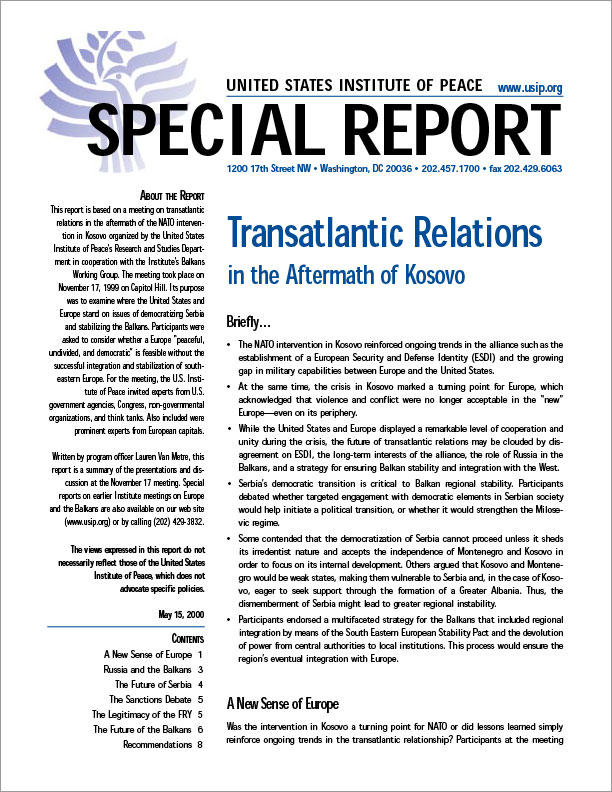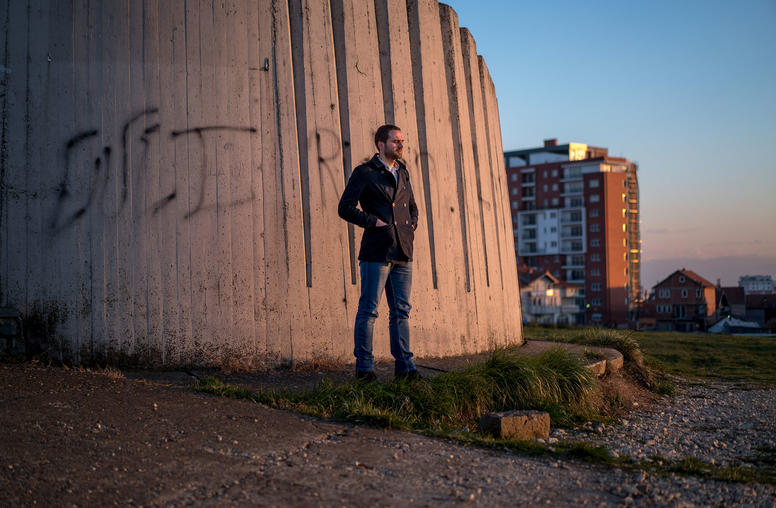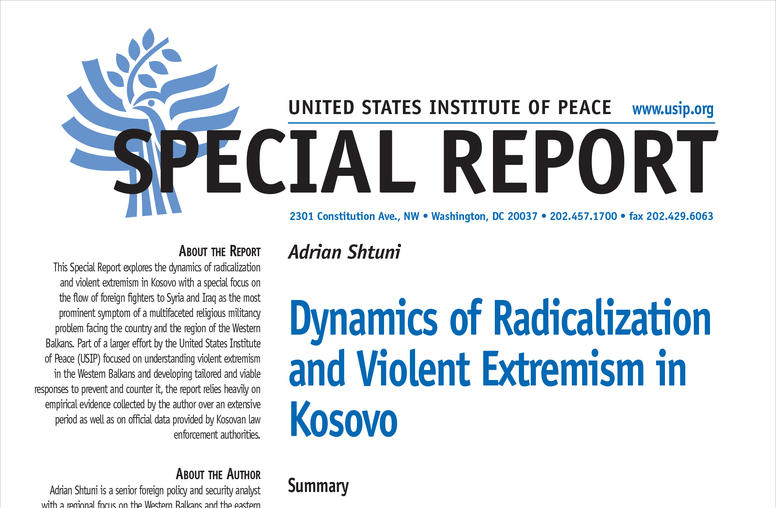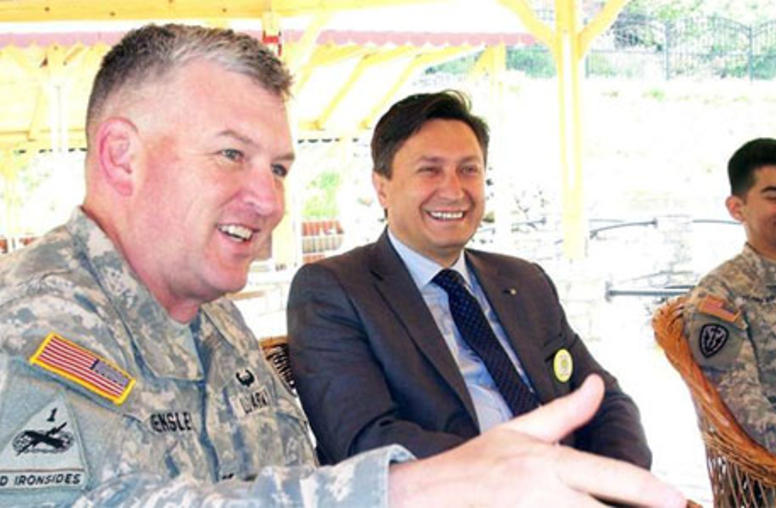Transatlantic Relations In the Aftermath of Kosovo

Summary
- The NATO intervention in Kosovo reinforced ongoing trends in the alliance such as the establishment of a European Security and Defense Identity (ESDI) and the growing gap in military capabilities between Europe and the United States.
- At the same time, the crisis in Kosovo marked a turning point for Europe, which acknowledged that violence and conflict were no longer acceptable in the "new" Europe--even on its periphery.
- While the United States and Europe displayed a remarkable level of cooperation and unity during the crisis, the future of transatlantic relations may be clouded by disagreement on ESDI, the long-term interests of the alliance, the role of Russia in the Balkans, and a strategy for ensuring Balkan stability and integration with the West.
- Serbia's democratic transition is critical to Balkan regional stability. Participants debated whether targeted engagement with democratic elements in Serbian society would help initiate a political transition, or whether it would strengthen the Milosevic regime.
- Some contended that the democratization of Serbia cannot proceed unless it sheds its irredentist nature and accepts the independence of Montenegro and Kosovo in order to focus on its internal development. Others argued that Kosovo and Montenegro would be weak states, making them vulnerable to Serbia and, in the case of Kosovo, eager to seek support through the formation of a Greater Albania. Thus, the dismemberment of Serbia might lead to greater regional instability.
- Participants endorsed a multifaceted strategy for the Balkans that included regional integration by means of the South Eastern European Stability Pact and the devolution of power from central authorities to local institutions. This process would ensure the region's eventual integration with Europe.
About the Report
This report is based on a meeting on transatlantic relations in the aftermath of the NATO intervention in Kosovo organized by the United States Institute of Peace's Research and Studies Department in cooperation with the Institute's Balkans Working Group. The meeting took place on November 17, 1999 on Capitol Hill. Its purpose was to examine where the United States and Europe stand on issues of democratizing Serbia and stabilizing the Balkans. Participants were asked to consider whether a Europe "peaceful, undivided, and democratic" is feasible without the successful integration and stabilization of southeastern Europe. For the meeting, the U.S. Institute of Peace invited experts from U.S. government agencies, Congress, non-governmental organizations, and think tanks. Also included were prominent experts from European capitals.
Written by program officer Lauren Van Metre, this report is a summary of the presentations and discussion at the November 17 meeting. Special reports on earlier Institute meetings on Europe and the Balkans are also available on this web site or by calling (202) 429-3832.
The views expressed in this report do not necessarily reflect those of the United States Institute of Peace, which does not advocate specific policies.



